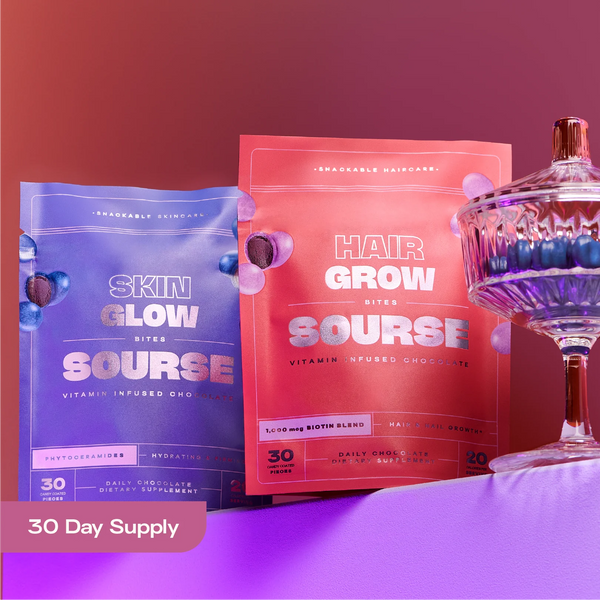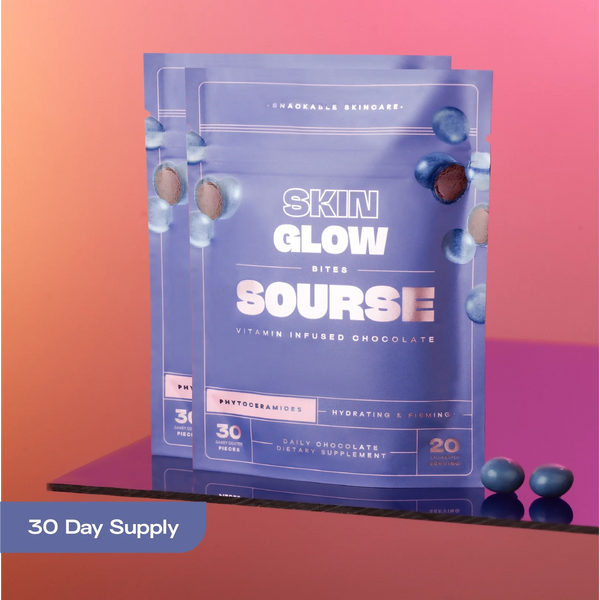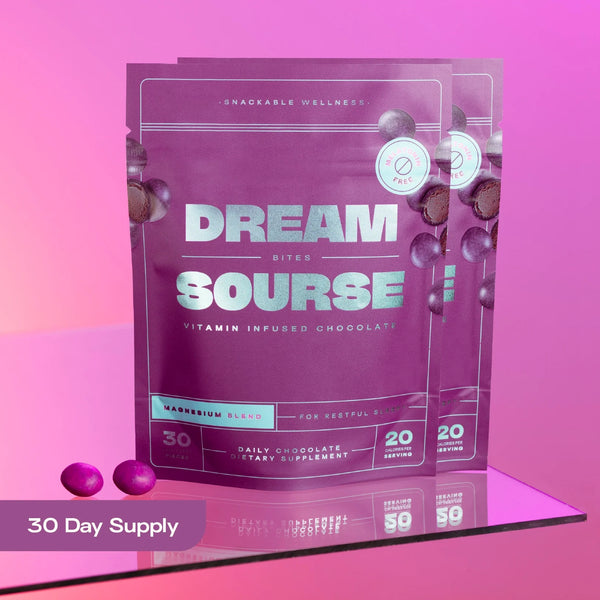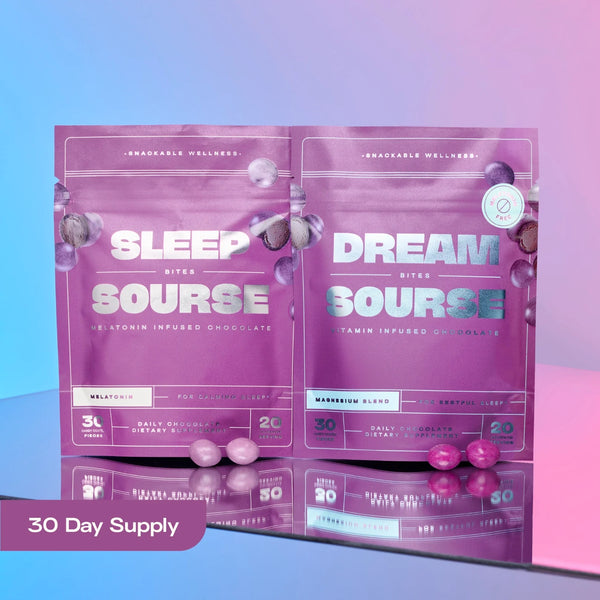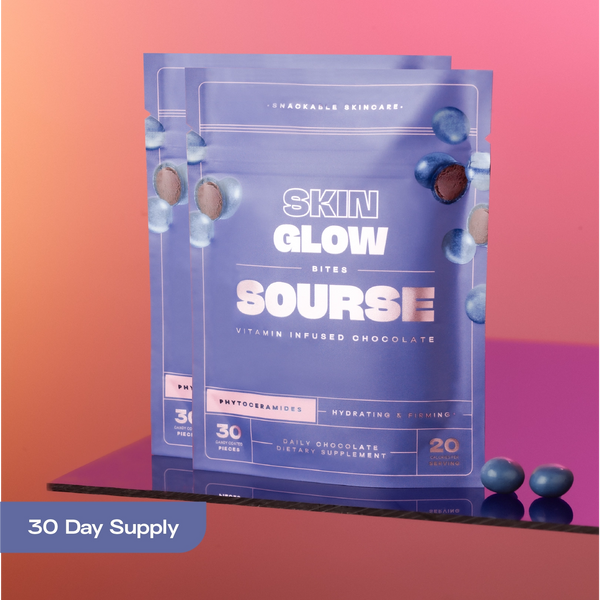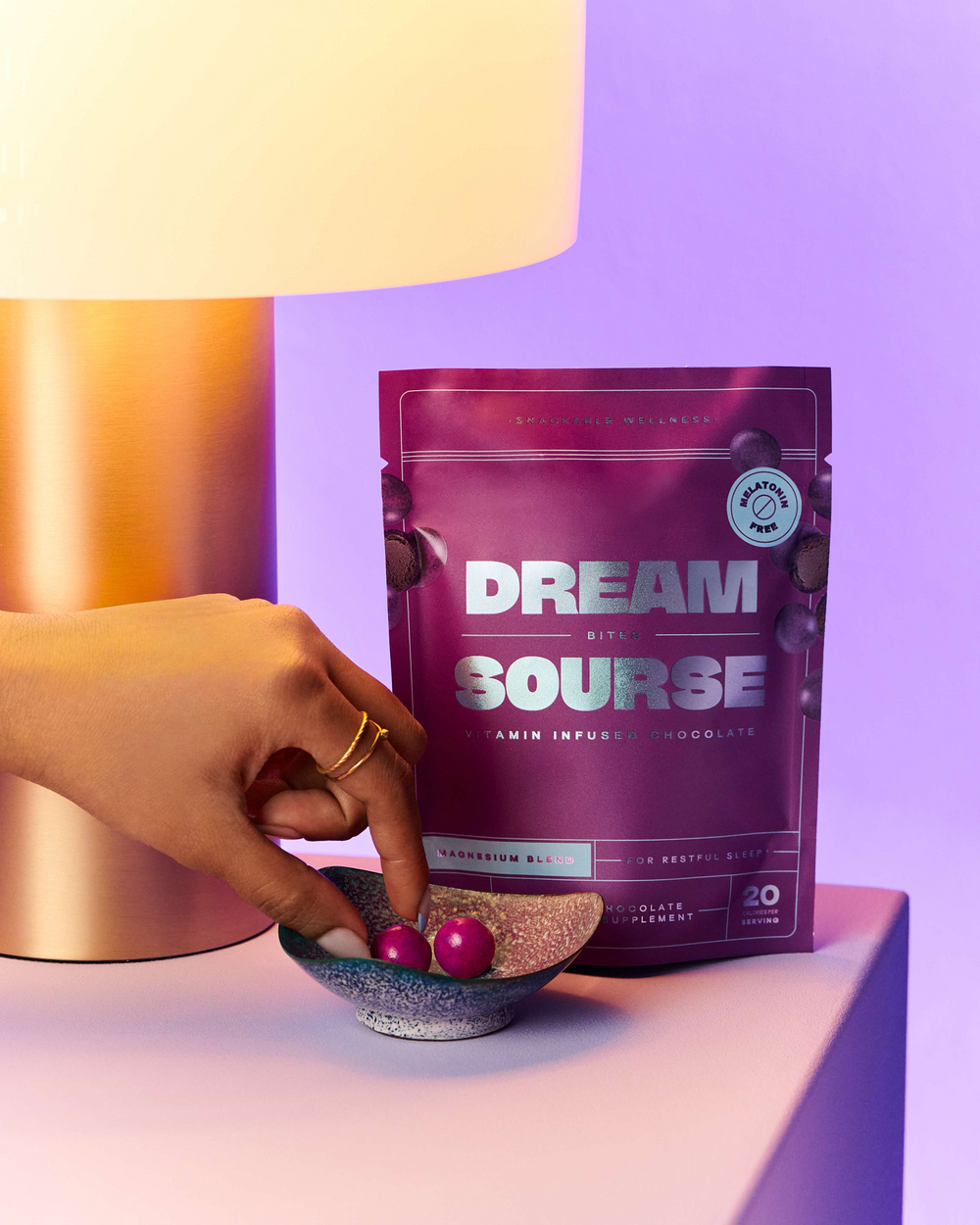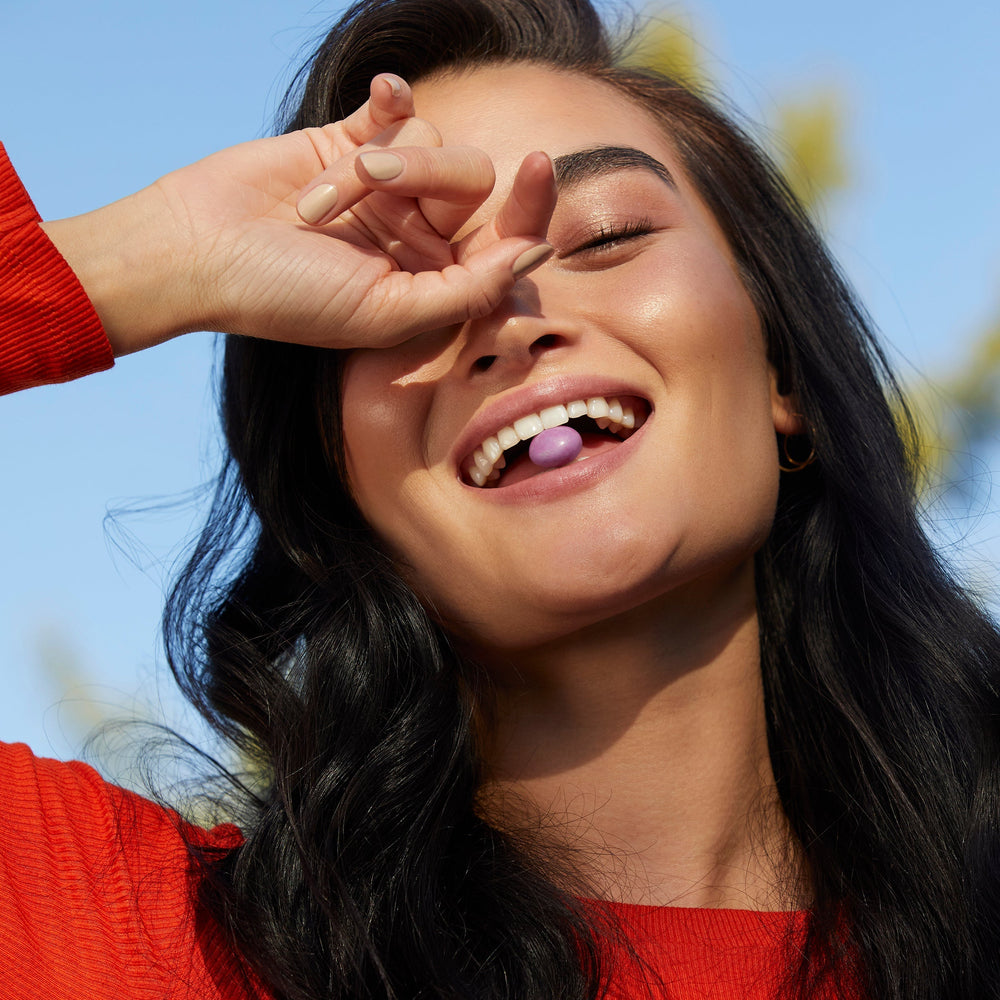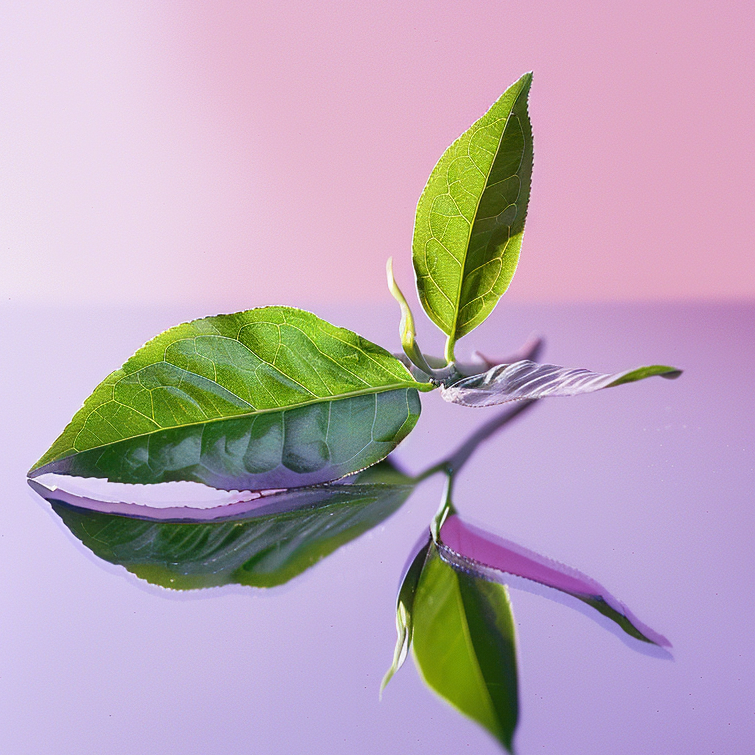
Certain things are just better together. Dark leafy greens and a squeeze of lemon. Fresh sliced tomatoes and a drizzle of EVOO. These are examples of food synergy, the pairing of two or more foods (or nutrients) such that their combined nutrition is greater than the sum of their individual contributions.
Another example of food synergy resides naturally in something as simple as a cup of tea. Unless it’s been decaffeinated, tea contains caffeine. It also contains a compound called L-theanine.
Calming L-theanine
L-theanine, an amino acid naturally found in tea, changes the balance of neurotransmitters by crossing the blood-brain barrier and promoting inhibitory over excitatory action. Because its structurally similar to the excitatory neurotransmitter glutamate, L-theanine can compete for glutamate receptors and block the release of glutamate.
When this happens, the inhibitory neurotransmitter GABA is released and dopamine and serotonin (aka "happy hormones") levels increase. In simpler terms, calming chemical pathways are activated.
These pathways are super complex but based on research we have so far, L-theanine appears to act as a neuroprotective agent. It's been shown to reduce heart rate and blood pressure as well as trigger the release of alpha waves, which enhance focus, relaxation, and creativity.
Stimulating caffeine
And then there’s caffeine, which many of us reach for first thing in the morning. Naturally present in over sixty foods and synthesized in the lab for addition to foods or supplements, caffeine stimulates the central nervous system (CNS).
The body naturally produces a compound called adenosine, which slows down overactive brain activity and can make you tired. As more adenosine is released to quiet down neurons, you get sleepier and sleepier. Caffeine has a structure similar to adenosine and works by blocking this slow of neural activity.
As caffeine intake goes up, you feel more alert. Once the effects of caffeine start to wear off, the fatigue sets in and you reach for more coffee. Unfortunately, those who consume a lot of caffeine produce more adenosine and will need more caffeine to feel alert.
You may notice other benefits from caffeine. It's been shown to increase focus, improve workouts, and stimulate memory. Too much, though, and it can cause problems like upset stomach, headaches, insomnia, anxiety, and high blood pressure by constricting blood vessels.
Better together: Caffeine and L-theanine
By consuming tea, you get both caffeine and L-theanine. But if caffeine is a stimulant and L-theanine’s mode of operation is to relax you, which one wins?
Luckily, it turns out these two compounds want to work together. Combined, caffeine and L-theanine behave differently. This is synergy.
When taken with caffeine, L-theanine:
- Improves cognitive performance, increasing focus and accuracy for demanding tasks
- Limits caffeine’s vasoconstriction efforts, keeping your blood pressure and heart rate in check
- Tames headaches and tiredness, helping to avoid the caffeine crash
- Prevents caffeine from reducing slow-wave sleep, the deepest non-REM sleep
As nootropics—substances that enhance cognition and memory and facilitate learning—caffeine and L-theanine could put you in an attentive yet relaxed mindset for a satisfying and productive day.
How to take
If you drink tea regularly, you're already getting caffeine and L-theanine. However, because the concentration of these agents will vary widely with different growing and processing environments, it's difficult to know your exact intake of either.
One cup of brewed green tea contains about 8–30 mg L-theanine and 14–60 mg caffeine. A cup of coffee contains 95–200 mg caffeine (you'll have to supplement with L-theanine separately here). To reap the benefits mentioned, it's recommended to use a 2:1 ratio of L-theanine to caffeine.
To do this biohacking technique right, you may want to consider supplementing both caffeine and L-theanine so you know your exact dosages. Energy Bites have 60 mg of caffeine from matcha green tea and 100 mg of L-theanine per serving, allowing you to maintain (or experiment with increasing or decreasing) your intake.

References
Dodd, F. L., Kennedy, D. O., Riby, L. M., et al. (2015). A double-blind, placebo-controlled study evaluating the effects of caffeine and L-theanine both alone and in combination on cerebral blood flow, cognition and mood. Psychopharmacology, 232(14): 2563-76. Retrieved from https://pubmed.ncbi.nlm.nih.gov/25761837/
Giesbrecht, T., Rycroft, J. A., Rowson, M. J., et al. (2010). The combination of L-theanine and caffeine improves cognitive performance and increases subjective alertness. Nutritional Neuroscience, 13(6): 283–90. Retrieved from https://pubmed.ncbi.nlm.nih.gov/21040626/
Haskell, C., Kennedy, D., Milne, A., et al. (2008). The effects of L-theanine, caffeine and their combination on cognition and mood. Biol Psychol, 77(2): 113-22. Retrieved from https://pubmed.ncbi.nlm.nih.gov/18006208/
Jang, S., Jung, J.Y., Jang, I., et al. (2012). L-theanine partially counteracts caffeine-induced sleep disturbances in rats. Pharmacol Biochem Behav, 101(2): 217-21. Retrieved from https://pubmed.ncbi.nlm.nih.gov/22285321/
Natarajan, T. D., Ramasamy, J. R., Palanisamy, K. (2019). Nutraceutical potentials of synergic foods: a systematic review. Journal of Ethnic Foods, 6(27). Retrieved from https://journalofethnicfoods.biomedcentral.com/articles/10.1186/s42779-019-0033-3
National Institutes of Health. (2022). Caffeine. Medline Plus. Retrieved from https://medlineplus.gov/caffeine.html
National Institutes of Health. (2020). Tired or Wired? Caffeine and Your Brain. News in Health. Retrieved from https://newsinhealth.nih.gov/2020/10/tired-or-wired
University of Texas Southwestern Medical Center at Dallas. (2005). Overworked Brains Release Adenosine to Slow Cells, Trigger Sleep, UT Southwestern Researchers Find. Science-Daily. Retrieved from https://www.sciencedaily.com/releases/2005/04/050421213511.htm
Wang, L., Brennan, M., Li, S., et al. (2022). How does the tea L-theanine buffer stress and anxiety? Food Science and Human Wellness, 11(3): 467-475. Retrieved from https://www.sciencedirect.com/science/article/pii/S2213453021001324
Yamada, T., Terashima, T., Okubo, T. (2005). Effects of theanine, r-glutamylethylamide, on neurotransmitter release and its relationship with glutamic acid neurotransmission. Nutritional Neuroscience, 8(4): 219–226. Retrieved from https://pubmed.ncbi.nlm.nih.gov/16493792/
